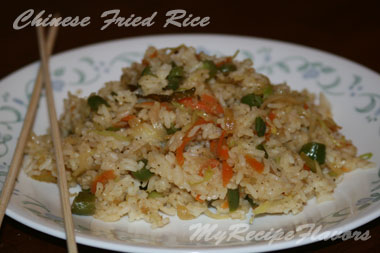Pineapple is one of those fruits that is delicious to eat. In addition to being delicious, it has a lot of healthy benefits tagged to it. So if you get a recipe loaded with healthy ingredients, its always a hit. And so was my mom's Pineapple Raita.
My mom learnt this from one of the TV Food Shows and tried it out at a party and it was an instant hit. No-one had eaten it before. Initially I didn't like it much as it is not salty like the regular raita you eat; but is sweet and salty - a very distinguishing flavor, which I like now.
This is a great twist to the regular raita. Try it out and decide by yourself.
Preparation Time: 5-10 min
Cooking Time: 5-10 min
Serves: 5-6
|
Ingredients: 1 can pineapple or 1 cup fresh pineapple 2 cups dahi / yoghurt 1-2 tsp sugar or 3/4 cup sugar if using fresh pineapple salt to taste 1 tsp roasted jeera/cumin powder black pepper to taste |
Method
- If using fresh pineapple, heat fresh cut pieces of pineapple in a wok/pan till it is half boiled - it gets all soggy. Add 3/4 cup sugar and keep stirring on low-medium heat till it becomes like syrup. Cool completely. You can use it immediately or store it in an jar in your fridge; ready to use when required.
- Take dahi/yoghurt in a bowl. Add sugar, jeera powder, black pepper and salt and whisk well till smooth. Remember salt should be added just before setting it on the table. Adding salt before hand in any raita will make dahi sour/khatta.
- Add pineapple pieces. Mix well and serve.
- Pineapple raita goes well with spicy rices like biryani.
Sending this off to Waiter there's something in my ... Pineapple being hosted by Andrew of SpittoonExtra
![[MM+KidsLunches.jpg]](https://blogger.googleusercontent.com/img/b/R29vZ2xl/AVvXsEgfT-OG-cqBLrD9aEU1XEmPac09q_62W-FJexIyAX5KV0GIFe9rNxr25G8O6VuLc1Kujfdi8iMVWVJwdWrcC4K1Ykz0fRHjfIOfFrTMY_vZ5Pa9Xjs-xufpSb5Eu5aNBjL5k3A83av0JG9N/s1600/MM+KidsLunches.jpg)
